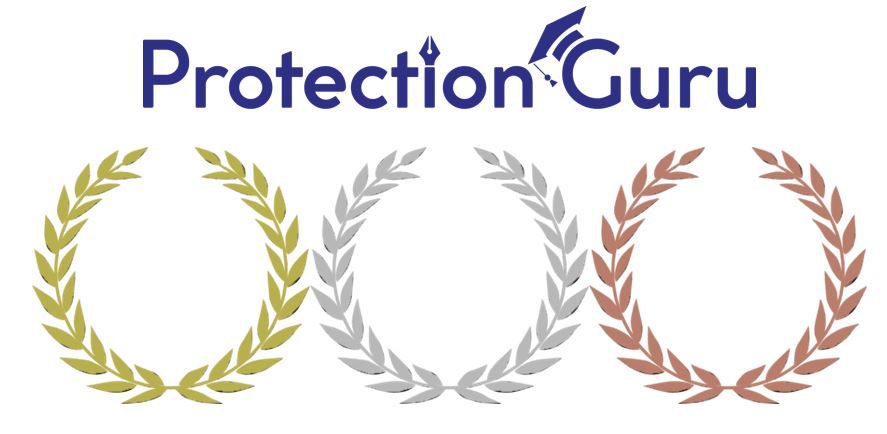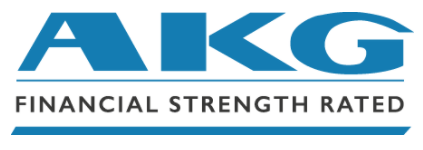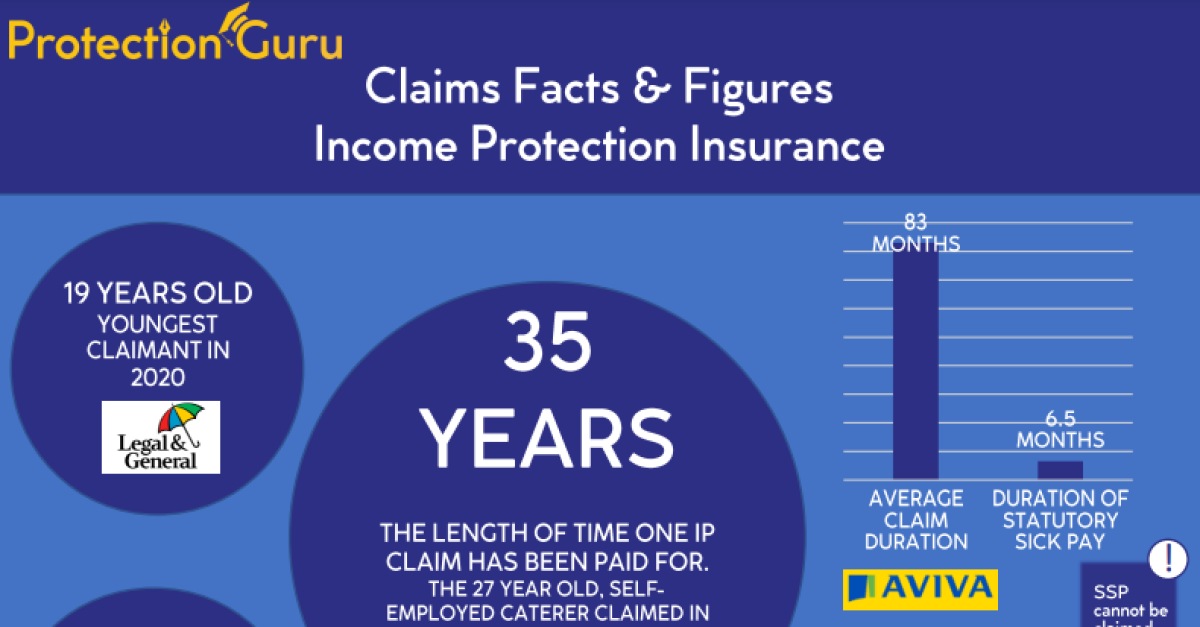
Helping Mortgage Advisers Sell more Protection: May Protection Forum Part 1

This post is bringing you the first part of the great discussion from our May Protection Forum focusing on helping mortgage advisers to sell protection products.
90%
of attendees found the session relevant to their organisation

100%
of attendees found the session useful for their organisation
I run regular training sessions and presentations for mortgage advisers in our network, and now a lot of the mortgage advisers call me for help, especially on business protection.
Is that training you’re providing around identifying the protection needs in the first place or is it more generic and about getting them comfortable with protection on what it does?
They tend to not understand trusts and income protection, and so I work to help put things in perspective.
Adam Kaplan:
There’s a lot of case studies around underwriting, understanding, trusts. They don’t understand trusts, the benefits of trusts, certainly with income protection when I go through state benefits and stuff like that. And I asked them, so what’s the current rate of statutory sick pay? None of them have got a clue. So then one of the figures I did find with the Office of National Statistics is that the average monthly outgoings in the UK is like £2,401. If you then put that side by side with state benefits, how are you going to survive on that? So putting things into perspective for them has worked really well over the last couple of years.
The starting point for me would be to find easier tools for wealth advisers to start conversations with, as well as looking at the lead transfer process.
Setul Mehta:
There are lots of ways that we can do this and we’ve talked about it before, I’ll give you my one or two. And how can you reinvigorate the mortgage or wealth community? One of the ones that springs to mind for me, if I was to go and talk to a mortgage adviser now and say, “look, I have a two hundred fifty thousand pound mortgage would like a capital repayment, this is my income, what rate would I get?” And I guarantee all the mortgage advisers on the call right now would say, whatever, 1.9 Fixed instantly wouldn’t even have to think about it. If I turned around to advisers who don’t engage in protection and say that I’ve got a 35-year-old probably wants about a hundred thousand pounds, wife and kid, a non-smoker what would the rough cost be? Mortgage and wealth advisers probably wouldn’t be able to tell me if they’re not engaged. Protection advisers could probably give me a real good start because they’re engaged day in and day out.
So the starting point for me to reinvigorate some of the other areas is to try and find easier tools to enable that to happen, to start the conversation and give them the confidence so that when a wealth adviser is with a client who is 35 years old talking about their pension or an ISA might just want to quickly say “we know you’ve got this and you’re investing in this, but for £15 a month, we can get your life protection at the moment.” Don’t really know what the conversation would look like. But I’m sure there are others on this call who would give me better lines to be able to use with advisers to get that conversation started and that with the client.
That then moves on to once the conversation is started, that adviser can either do it themselves or they can sign-post. And from a network perspective, the bits for us that are important and I think are important for advisers, quite happy to be told otherwise, is what does that process of the lead transfer look like? Is there remuneration in place? Are we going to do a fee-split or are you going to cross-sell to that clinet? Because if I’m a mortgage or wealth adviser, I just want comfort that you’re not going to cross-sell or do any of those areas and that would really, really help.
So we have our own in-house protection team and that’s where we’ve got those things right. So we are clear on the contractuals. We are clear on the remuneration. We know what a proactive referral looks like. And actually, when you get all three of those right, it works really, really well for those who aren’t interested in having the conversation themselves. But I’m happy to pass across.
Are you finding that because you’ve got that team the majority of advisers are either doing it themselves or referring? Or have you still got some hearts and minds to win?
The amount of referrals is increasing, but there are still hearts and minds to win.
Setul Mehta:
We have an ever increasing number of advisers who are either referring to that team or somebody else with the network. Actually, I’m agnostic. As long as the client is having that conversation, it doesn’t really matter where the conversation is taking place from.
And we do still have some hearts and minds to win. Absolutely. And especially with those who are either really busy or if they’re mortgage advisers who are incredibly busy and not even done at the time there’s that category, or there’s wealth advisers whose average client is 55, 60, they might have an IHD conversation, but they don’t think about the children or the grandchildren. So an ever increasing number is the answer to your question, but still a few hearts and minds to win.
Often mortgage brokers think their clients have IP products when they don’t, so the first step is showing them that it isn’t the case.
Roy McLoughlin:
I’ve told the story before, but it’s still as relevant as it was ever. So three years ago, we were doing a chat to a roomful of mortgage brokers, and it was in London. And we were talking about IP in particular. And it was definitely an element of “all of our clients have got this already.” So we challenged this and we said, “what do you mean?” And when they sort of pointed out and you could see all the banks in the distance and London. So we said at the time, “could you just as a favour go to check on this for us?” And it was hilarious. They all came back very, very sheepishly looking, coming back saying “we’ve run some of our clients and the income protection we thought they had, they haven’t got.”
And I think what was fascinating about that was sometimes to your point, Adam, about engaging with the mortgage broker, is that if there is the assumption that all of their clients have already got this at their workplace already, that’s half the barrier you have to start off with, i.e., the problem was in their head, not in their client’s. And there was a sort of, “ding” moment. And actually that particular mortgage broker now writes lots of income protection in particular, not just down to that moment, I’m sure. But isn’t it funny how sometimes you have to have a seminal moment where someone goes and sources the information before because they just assume because most of the clients work for the big banks that they have this cover, which in fact wasn’t the case?
Is there a case for mandating the specific question of “Do you have Income Protection?” Or does that put you more at risk of inciting a tick-box exercise where advisers just ask the question but don’t do anything with the information?
The regulator has mandated that the adviser talks to clients about mortgage payment protection, but MPPI has a very bad reputation as a product so you need to have a proper conversation with the client. We always have the protection conversation with a client separate from the mortgage one.
Charly Higman:
I think the first thing to point out is that actually the regulator has mandated it because you have to talk to all your mortgage customers about mortgage payment protection insurance, even to this day. So you have to highlight that that product is available and you have to talk to your customers about it when they sign up for a mortgage. So that’s already in the system. The problem is, I think that people tend to ignore it, or mortgage advisers tend to ignore it because it’s got this terrible reputation now as MPPI or, this hideous product. The minute you mention it, all the customers, you know, throw their arms up and say, “oh, God, that’s awful, that product.”
Whereas we all know there’s actually nothing wrong with that product. But it needs to sit in comparison to lots of other products like income protection, like critical things, like life assurance. And you have to have a sensible conversation with the clients. We find in our business, just to reiterate what you guys have already said, that we use things like the LV= Risk Reality calculator because that’s a massive tool in terms of actually opening a conversation about protection and looking at, the risk of something happening and the probability.
So, what happens, what’s the probability and then what’s the impact on your family? And those are really good ways to start opening up conversations with mortgage customers. But the other thing that we do as a firm is we never, ever have the protection conversation wound up with the mortgage conversation. I know a lot of bigger firms do mortgage advice, big high street firms do, because I think they’re frightened that if they don’t sign the protection up at the first appointment, they’ll never see the client again.
But that’s not how we deal with things. We always do the mortgage first, then we have distinct, totally separate protection conversations that start with things like probability and impact, use it as data and so on. And then we have two or three meetings with that client to establish what their budget is and where we should be spending their money. And that is signposted right from the time we meet the client to talk about mortgages in the first place. So, if you can signpost it all the way through your mortgage journey, your client is almost expecting to come in for a protection review the minute they’ve got their mortgage offer. And then that’s what we do. And it does seem to work.
What are the pros and cons of holding a separate protection meeting? Does anyone give clients a combination of mortgage with protection as one total cost?
Some of our mortgage advisers incorporate the protection conversation in and others have it separately, but we always provide the sales aid to support the adviser.
Setul Mehta:
We have advisers in the network that operate both scenarios actually, and so we have protection only advisers so by default that’s all they talk about. And they’ll use the words, it is a holistic protection conversation that goes from life, CIC, IP, even accident and protection and the value-added services. And that works. And I’ve seen some very successful industry leading individuals do that very, very well. We then have mortgage advisers who will incorporate it as part of their conversation.
They only want to incorporate it as part of their conversation, but it is signposted from the first engagement with the client. So on the email that goes through, there is a bit around “what you have already. We will be talking about it on the agenda that gets provided.” It is up there at the top of the discussion list of things you’re going to talk about. And when it’s signposted in front of the client at every part of that journey, then it becomes a natural conversation. And isn’t that sort of “oh, we’re going to talk about this difficult subject or this extra bit on the side that we’re going to have to spend?”
I don’t have enough results to say which one is better than the other, but I certainly hear great things from both segments and populations where they do. But I do have some mortgage advisers who choose to sort of I’m going to use the word spin off, but I don’t mean in a disparaging way, have that separate conversation. And it works well because you end up going into more conversations around the importance of IP and some of the other areas than you may do in comparison to having it as part of a mortgage.
The key thing, though, is we provide the sales aid that goes along with it. As Charly said about the LV= Risk Reality, we have a sales aid that supports the adviser, who knows alongside the cost of a mortgage, his is what CIC, IP, and life will cost. So it makes it easier to enable a good quality conversation.
Both ways have pros and cons, but its always important to follow up not only with clients who didn’t buy protection but also those who did so they remember why they have it.
Stacy Reeve:
Building on what Setul has said, it can work both ways. In terms of the pros, if it was a separate conversation, as long as it’s done in the right way and signposted so that it’s not just out of the blue and tagged on at the end, then it can work well because the customer might have a bit more head space to think about it. They might be a bit overwhelmed if it’s all part of one process. On the other hand, the con of that approach could be that where mortgage advisers get busy, and a lot of them are very busy at the moment with the stamp duty extension, is it easier for it to drop off if it’s not fully embedded throughout the process?
And so, I think that there’s a mixture of different approaches used. I was speaking to a mortgage adviser yesterday, and they’re very passionate about protection, and they embed it fully in with different pinch points. And it’s something that they follow up with not only customers that haven’t bought protection, but those that have. So that they’re going back to them annually and going over the benefits of the policy and reviewing their cover. And I think that’s an important thing to do because I think what could happen, customers may think, “well, I’m not going to claim on this, I just see this money going out every month” and it’s much easier for them to cancel that direct debit.

















